A Bluetooth speaker warranty generally covers manufacturing defects in materials and workmanship for a limited time. In practice, this means if your speaker fails on its own (not due to drops or spills), the maker will repair or replace it at no cost support.jbl.com jlab.com. In short: defects under normal use are covered, but accident damage or normal wear usually
Table of Contents
- Understanding Bluetooth Speaker Warranties
- What Does a Bluetooth Speaker Warranty Cover?
- What a Bluetooth Speaker Warranty Does Not Cover
- Warranty Duration and Terms
- Manufacturer vs. Extended Warranty
- How to Claim Your Warranty
- Tips to Protect Your Bluetooth Speaker and Warranty
- Frequently Asked Questions
Understanding Bluetooth Speaker Warranties
A Bluetooth speaker warranty is a manufacturer’s written promise to fix or replace the product if it fails under normal use. Most speakers come with a limited warranty (often 1–2 years) on defects support.jbl.com jlab.com. During this period, the maker covers free repairs or replacement parts for hardware failures. For example, JBL’s policy says the speaker will be “free from defects in workmanship and materials for one year,” and if a defect appears they will repair or replace the unitsupport.jbl.com. JLab offers a two-year coverage for Bluetooth devices jlab.com.
These warranties are limited (not “full”) to exclude certain scenarios. Always read the fine print: federal law requires sellers to label warranties as “full” or “limited.” A full warranty means no restrictions, but most electronics warranties are limited and list exclusions. In practice, this means the warranty promises to fix internal failures but only under specific conditions. For example, JBL’s limited warranty explicitly promises free service for defects, but only if you obey the instructions and use an authorized repair centersupport.jbl.comsupport.jbl.com.
Manufacturers often require proof of purchase and may ask you to register the product. You should keep your receipt or invoice as proof, because without it you usually cannot claim warrantysupport.jbl.com. In many countries, consumers may have extra legal rights (like implied warranties or returns), but the product’s official warranty is the first line of coverage. Always check the warranty documentation that came with your speaker to see the exact terms.
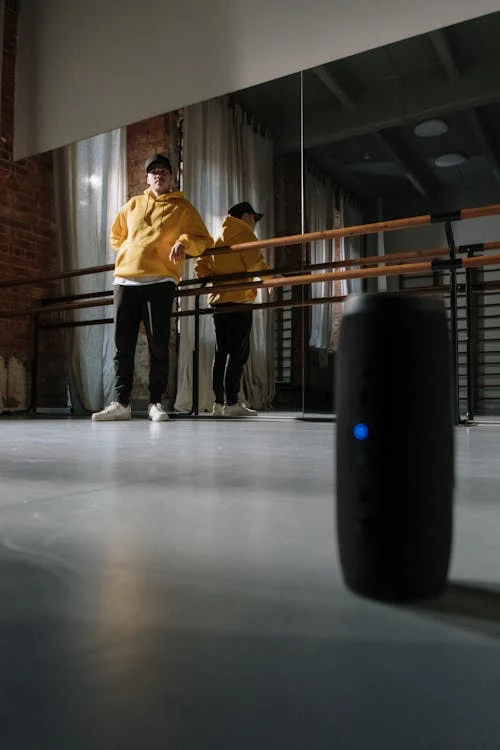
What Does a Bluetooth Speaker Warranty Cover?
Typically, a Bluetooth speaker warranty covers manufacturer defects in the device and included accessories. This generally means the following are covered:
- Defective components: If an internal part fails due to a factory defect, it’s usually covered. This includes things like the speaker driver, amplifier chip, Bluetooth module, or circuit board malfunction. For example, if your speaker’s audio cuts out or won’t power on under normal conditions, the warranty should cover repairs. JBL’s policy covers “all expenses for labour and materials required for the repair or replacement of the Product that is found to be defective” support.jbl.com.
- Included parts/accessories: Warranty often covers parts that come in the box, such as charging cables, remote controls, and sometimes the battery (if stated). Note that some brands exclude batteries as consumable parts – see exclusions below. But in many cases, if the supplied charger or cable fails, the manufacturer will replace it.
- Labor and repair costs: The manufacturer pays for the service work. You won’t be charged for legitimate warranty repairs. JBL explicitly states that any repair or replacement under warranty is free (parts and labor) support.jbl.com.
- Shipping costs (in some cases): Some warranties cover return shipping for warranty service. For instance, JBL mentions a “reasonable return shipping charge within the country of repair” is covered support.jbl.com, and warns that you should save the original packaging to avoid extra charges support.jbl.com.
- Replacement or refund: If the product can’t be repaired, many warranties allow replacement with a new or refurbished unit. JBL’s policy even allows a refund based on a pro-rated value after depreciation if they choose to do so support.jbl.com. JLab, for example, issues store credit for warranty claims, which you can use to get an identical or better item jlab.com.
In practical terms, this means that if your Bluetooth speaker just stops working or has a clear defect, you can send it for service without paying for parts or labor. Manufacturers will either fix the speaker or send you a functioning replacement unit (as long as it’s within the warranty period) support.jbl.com support.jbl.com.

What a Bluetooth Speaker Warranty Does Not Cover
Most Bluetooth speaker warranties do not cover accidental damage or normal wear. Here are common exclusions you should expect:
- Accidental or external damage: Drop, impact, water/liquid damage, and similar accidents are not covered. JBL’s warranty explicitly excludes any damage from accidents or liquid contactsupport.jbl.com. Likewise, Marshall’s warranty states it does not cover external causes like accidents, misuse, or liquid spills marshall.com. In short, if you drop the speaker, get it wet, or physically break it, the manufacturer will not cover the repair under warranty.
- Misuse or neglect: Damage from using the speaker improperly (e.g. overcharging, using incorrect power adapters, extreme temperatures) or failing to follow instructions is excluded support.jbl.com marshall.com. For example, if you tried to modify the speaker or opened it yourself, any resulting problems would void the warranty. JBL warns that any repairs by someone other than an authorized service center will void the warranty support.jbl.com support.jbl.com.
- Normal wear and tear: Parts that naturally wear out over time are usually not covered. Batteries are a common example. Marshall’s warranty expressly excludes “consumable parts, such as batteries”marshall.com. That means if your rechargeable battery holds less charge than it used to after many cycles, that isn’t covered by warranty. Similarly, cosmetic wear like scratches, dents, worn-out buttons, or fading finishes are not covered marshall.com.
- Consumables and accessories: Even if a part is included, sometimes small parts (like carrying cases or protective covers) may be excluded. Always check if the warranty specifically mentions accessories.
- Stolen or lost units: If your speaker is lost or stolen, the warranty won’t help. Marshall explicitly notes that stolen products are not covered marshall.com.
- Used in commercial settings: Many warranties apply only to personal, non-commercial use. If you use the speaker in a commercial venue, that might void the warranty.
Summary: A Bluetooth speaker warranty will not pay for repairs if you dropped the speaker, spilled coffee on it, or simply ran the battery dry after years of use. It only covers failures that happen because something was wrong inside the speaker from the start. Always treat the device carefully and within normal parameters to stay covered.
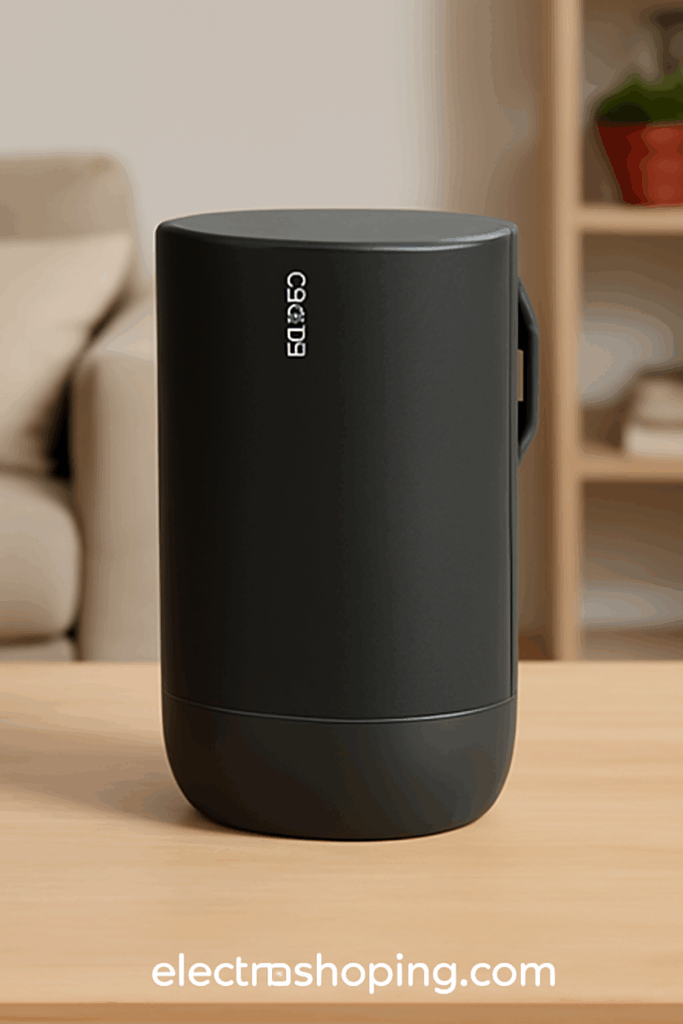
Warranty Duration and Terms
Warranty length can vary by brand and region. In the U.S., a one-year limited warranty is very common for electronic gadgets, including Bluetooth speakers. For instance, JBL covers its speakers for one year from purchase support.jbl.com, while Marshall offers a two-year warranty on many of its products marshall.com. JLab, as mentioned, provides a two-year limited warranty on Bluetooth speakers jlab.com.
Some brands offer longer warranties or lifetime coverage (especially for high-end models), but one to two years is typical. A second-year warranty might apply only if you register the product or to specific lines. Always check the exact terms in the warranty card or online.
Limited vs. full warranty: Almost all Bluetooth speaker warranties are limited, meaning they have conditions and exclusions (as covered above). A full warranty (rare for electronics) would cover everything with no fine print. Check the warranty label on your purchase: federal law requires sellers to clearly say if it’s a “full” or “limited” warranty for products over $10.
Purchase date and original owner: Warranties run from the date of purchase by the original buyer. They are usually not transferable, meaning if you buy a speaker second-hand, you might not get the original warranty. If you gift or sell your speaker, the new owner may not have warranty rights unless the manufacturer expressly allows it (most do not) support.jbl.com.
Warranty start: Always keep the purchase receipt. Some companies let you register the product on their site; others simply require you to submit the receipt when needed. Without proof of purchase, even a simple defect claim can be denied.
Geographic limitations: Many warranties are valid only where the product was sold. For example, JBL’s policy notes that warranty repairs outside the country of purchase are on you support.jbl.com. Always read if the warranty is global or only local.
Manufacturer vs. Extended Warranty
The manufacturer’s warranty is free and included with the product. It only covers the things mentioned above (defects, no accidents, etc.). In contrast, extended warranties (also called protection plans) are purchased separately (either from the retailer or a third party) and can cover additional issues. Extended plans might cover accidental damage, normal wear, or provide extra support.
For example, Asurion’s Home+ plan advertises coverage for breakdowns, normal wear and tear, and even loss or damage that the standard warranty wouldn’t cover asurion.com. In other words, a typical Bluetooth speaker warranty might cover only factory defects, whereas an extended plan could cover a drop or battery wear.
Deciding if an extended warranty is worth it depends on your needs. If you expect heavy use or risk of damage (like taking speakers to parties or outdoors), a protection plan might give peace of mind. But remember, extended coverage costs extra, and you should compare its terms closely with the manufacturer’s warranty. The key takeaway is: manufacturer warranty = defects only, extended warranty = more risks covered (for a fee) asurion.com.
How to Claim Your Warranty
If your speaker fails under covered conditions, here are the typical steps to claim service:
- Check warranty status: Verify your purchase date and warranty length. If it’s beyond the warranty period, you may need to pay for any repairs.
- Gather documents: Find your receipt or invoice. JBL and others require the original sales invoice or proof of purchase to validate the warranty support.jbl.com.
- Contact support: Reach out to the seller or manufacturer. You can often do this via phone, email, or an online support portal. Explain the issue and mention it’s a warranty claim.
- Follow instructions: The company may give you an RMA (Return Merchandise Authorization) number and shipping instructions. JBL’s guideline is to not ship the product without authorization support.jbl.com.
- Authorized service only: Be sure to send the speaker to an authorized repair center. If someone else opens or fixes the speaker, it voids the warranty support.jbl.com. The manufacturer’s support site usually lists authorized centers.
- Pay for shipping if required: Some warranties (especially outside the original country) require you to pay shipping. Others, like JBL in the US, cover reasonable domestic return shipping support.jbl.com.
- Wait for repair or replacement: Once received, the service center will inspect the speaker. If the problem is covered, they’ll repair or replace it at no cost to you. If not covered, you may be quoted a repair fee.
For example, JBL instructs customers: “Contact the dealer who sold you this Product, or contact Harman… provide the original sales invoice… Warranty repair of the HARMAN Product must be carried out by an authorized dealer or service center”support.jbl.com. This means you should not try to send it to a random repair shop – only authorized service counts.
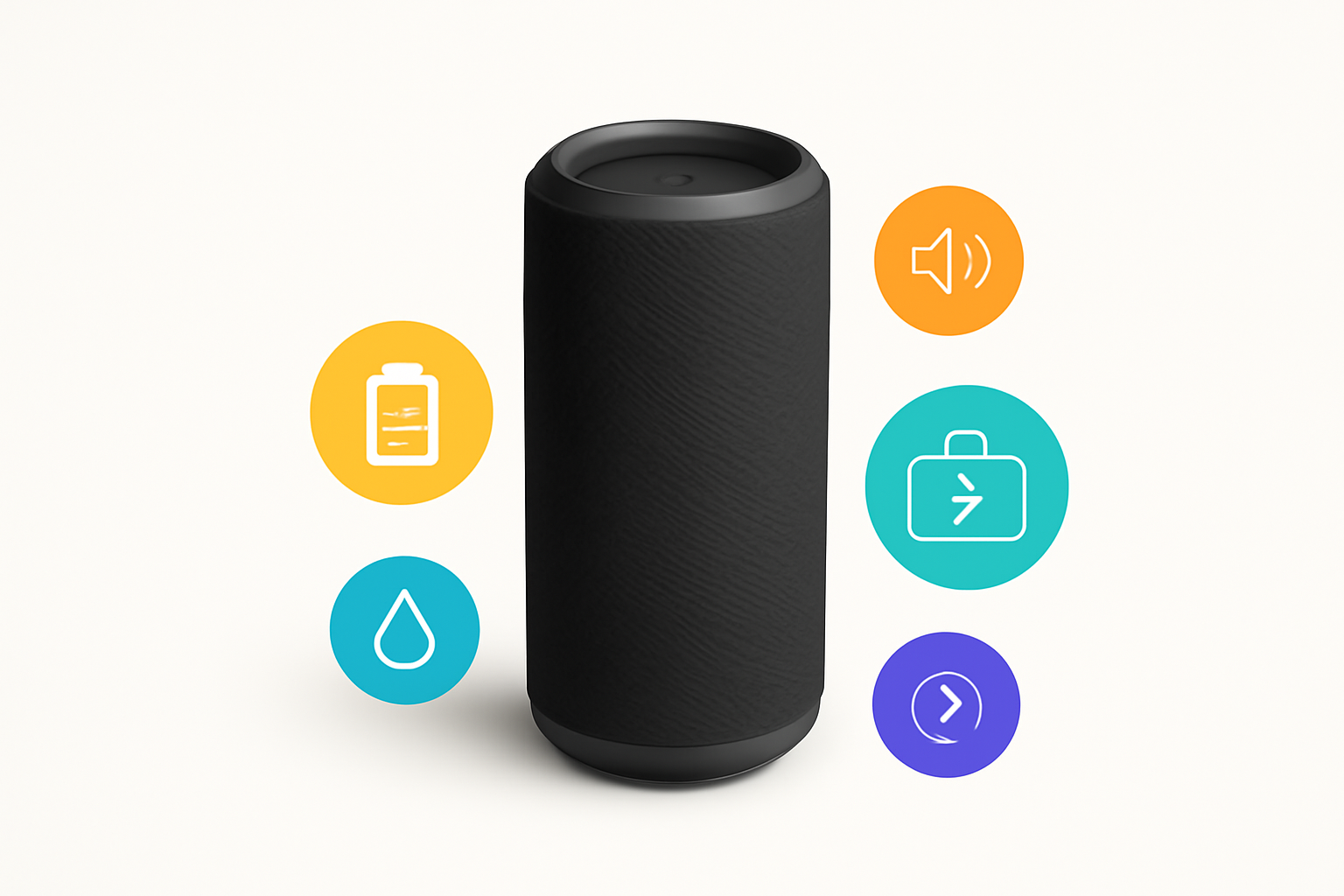
Tips to Protect Your Bluetooth Speaker and Warranty
- Keep it dry and clean: Avoid exposing your speaker to moisture or dust. Even if the speaker is somewhat water-resistant, warranty coverage for water damage is rare marshall.com.
- Handle gently: Don’t drop it or sit on it. Physical abuse is a common reason for a denied claim.
- Use correct accessories: Only use the charger and cables provided or recommended. Using an incompatible charger or battery pack can cause damage and void the warranty.
- Retain original packaging: If you ever need to ship the speaker for service, use the original box. JBL advises saving the original shipping carton; otherwise you may be charged for extra packaging
- Do not open the device: If you open or modify the speaker, the warranty is usually void. Even firmware updates or resets should only be done as instructed by the manufacturer’s manual.
- Register if required: Some brands require or recommend registering the product on their website. This is more common for limited-time offers than for warranties, but registration can sometimes speed up service or remind you of the warranty terms.
- Keep your receipt and warranty card: Store your purchase receipt and any warranty registration card safely. You’ll need them to prove your warranty coverage support.jbl.com.
By following these tips, you reduce the risk of accidentally voiding your warranty. Caring for your speaker properly ensures that if a genuine defect occurs, you’ll be fully covered.
Frequently Asked Questions
Q: What does a Bluetooth speaker warranty typically cover?
A: It usually covers defects in materials or workmanship under normal use support.jbl.com. In other words, if something inside the speaker fails on its own (no accident or misuse), the manufacturer will repair or replace it at no cost. Most warranties cover electronics, parts, and labor for hardware failures within the warranty period.
Q: How long does a Bluetooth speaker warranty last?
A: Most are 1–2 years. For example, many brands (like JBL) offer a one-year limited warranty support.jbl.com, while others (like JLab or Marshall) offer two yearsjlab.commarshall.com. Check your speaker’s documentation to be sure.
Q: Is water damage covered by a Bluetooth speaker warranty?
A: No. Liquid damage is almost always excluded support.jbl.com marshall.com. That is considered accidental damage, so spills or submersion would void the warranty. Only defects due to manufacturing issues are covered.
Q: How do I file a warranty claim for my Bluetooth speaker?
A: Contact the seller or manufacturer’s customer support. You’ll need to provide proof of purchase (like a sales receipt) as JBL requires support.jbl.com. Then follow their process: get a return authorization, send the speaker to an authorized service center, and they will repair or replace it if it’s a covered defect.
Q: Will battery wear or failure be covered under warranty?
A: Usually not. Batteries are often listed as consumable parts and excluded from coverage marshall.com. Warranty terms typically say that normal battery aging or deterioration is not covered. If your speaker’s battery no longer holds charge well after extended use, the manufacturer may not replace it for free.
How to Claim a Bluetooth Speaker Warranty (Step-by-Step Guide) Read More —>

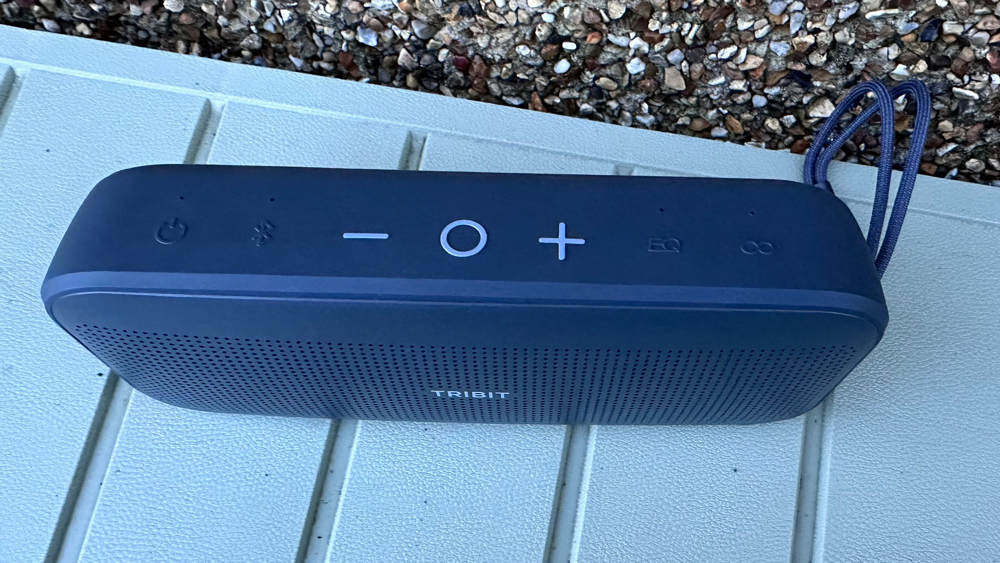
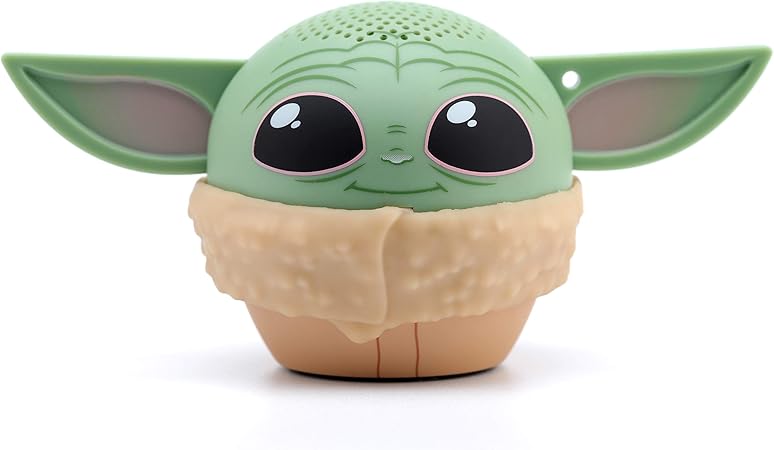

One thought on “What Does a Bluetooth Speaker Warranty Cover? (Complete Guide)”